The hum of the vacuum cleaner is about the only sound echoing across the halls of the U.S. Cellular Center now where on Aug. 20, thousands of voices laughed, toasted and bantered during the 2016 Asheville Wine & Food Festival. Now in its eighth year of highlighting the area’s chefs, food producers, wineries and grocers, the festival has seen myriad changes and perpetual growth.
In the wake of staging one of the region’s largest culinary festivals, director Kris Kraft says she hasn’t had a chance to round up any attendance numbers. More than 3,400 tickets were sold before the festival, but a final tally is still pending. “I’ve just been unloading Ryder Trucks and U-Haul’s and cleaning up the U.S. Cellular center,” she says. “So I haven’t even made it into the office yet.”
Last year, there were 5,000 people in attendance. “I’d say this year we are at least comparable to that,” she says.
The 2016 event saw some significant changes. In May, the organizers hosted the inaugural Asheville Cocktail Week. This replaced the festival’s Elixir cocktail competition, which was traditionally held the same weekend as the other events. The weeklong booze fest offered a series of workshops and gatherings, including the Southeastern Distilling Expo, and culminated in a showdown featuring a dozen local bartenders slinging North Carolina liquors before a panel of judges.
The revamped cocktail component brought this year’s August events down two. The festival’s dessert-focused party, Sweet, kicked off the festivities Aug. 19 in the Grove Arcade, and the Grand Tasting following on Saturday.
Another change this year was that for the first time, the festival did not revolve around the WNC Chef’s Challenge. The cooking competition staged at the end of the Grand Tasting served as the event’s grand finale preceded by a year’s worth of qualifying dinners where diners voted for their favorite meals.
“It had run its course,” says Kraft. “Most of the chefs we were attracting were the younger, newer up-and-coming chefs who were less well-known, and people just didn’t seem to want to buy tickets for that. It was a lot of work without a lot of return, and it wasn’t really giving anybody the exposure they expected.”
This year, in lieu of the Chef’s Challenge, chef’s gave demos at kitchen areas throughout the festival grounds. “We felt that teaching people how to cook was something that was more appealing than just watching people cook,” says Kraft. “So we wanted to bring in some high-caliber chefs to teach you something and create that open dialogue.”
Local chefs, such as Joe Scully of Chestnut and Corner Kitchen and Green Opportunities’ Liam Lutrell-Rowland, joined out-of-towners like Atlanta’s Matthew Brasford and last year’s Chef’s Challenge winner, Ulfet Ralph of Charleston, for the well-attended demos.
Kraft dismisses speculation from some attendees that the festival had fewer vendors than in previous years. “I’ve heard that quite a bit, and that’s an unfortunate viewpoint, because it is untrue,” she says. “We actually had a few more vendors than we had last year, but we got rid of the Chef’s Challenge, and we removed the VIP imprint from the main floor. Our vendors were more spread out to allow for more space, because last year we kept hearing that it was too crowded.”
There was also a change to the VIP ticketing. In previous years, the VIP pass gave guests a private seating area and allowed admission to the tasting floor before the doors were opened to general admission ticket holders. The perk was open lanes and easy access to booths and samples of food and wine. This year, VIP guests received not just early access, but also were invited to an after-party on the top floor of the facility that featured more food, live music and wine service from Shelton Vineyards. All 1,000 VIP tickets were sold.
“We were removing VIP from the footprint of the floor, trying to make the best out of the building as we could,” says Kraf. “By pulling them upstairs, it created more floor space and gave us the opportunity to have some music and really be separate from the rest of the crowd.”
The 2016 Grand Tasting featured two floors of booths from local wines, restaurants and food companies. A few of the many highlights were chef James Lumley‘s rotating menu of fresh griddled dishes from the Omni Grove Park Inn’s Vue 1913, Slow Food Asheville’s jams and jellies and the now-expected stellar showings of local white wines from vineyards like Jones Von Drehl and St. Paul Mountain Vineyards, as well as some new meads from Addison Farms Vineyard.
One obvious omission was the liquor vendors. Festival organizers decided to exclude distillers, since they were already featured during Asheville Cocktail Week’s Southeaster Distilling Expo, which was only open to members of the service industry.
“It’s really the ultimate challenge of juggling everyone’s expectations and perceptions,” says Kraft. “I found a happy medium, but I’m still not 100 percent on making everyone happy.”
Regardless, the Asheville Wine & Food Festival has come a long way since its days at the WNC Agricultural Center when local distilleries were a new thing and filo cups filled with tomato salad were still a trend. If anything, this year’s event was a testament to the ever-evolving nature of the concept. It also represents a raised hand from the budding local wine industry that reminds us of the thriving culinary and agricultural economies booming just under the surface of our bedrock restaurant scene.



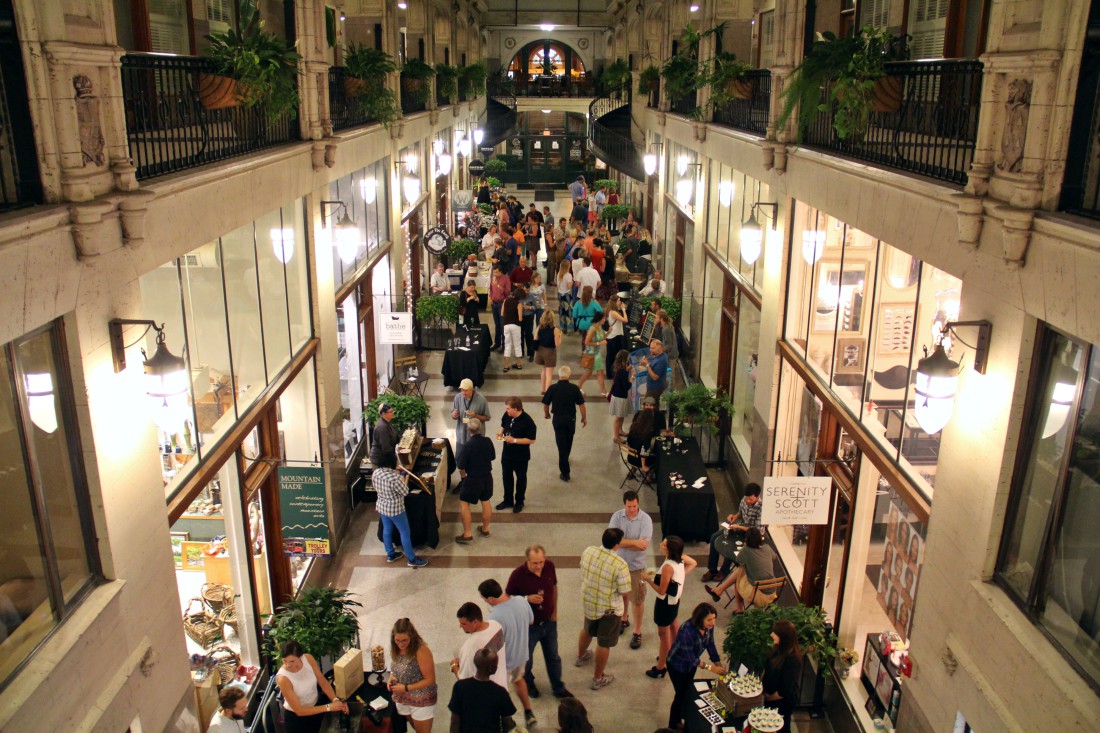
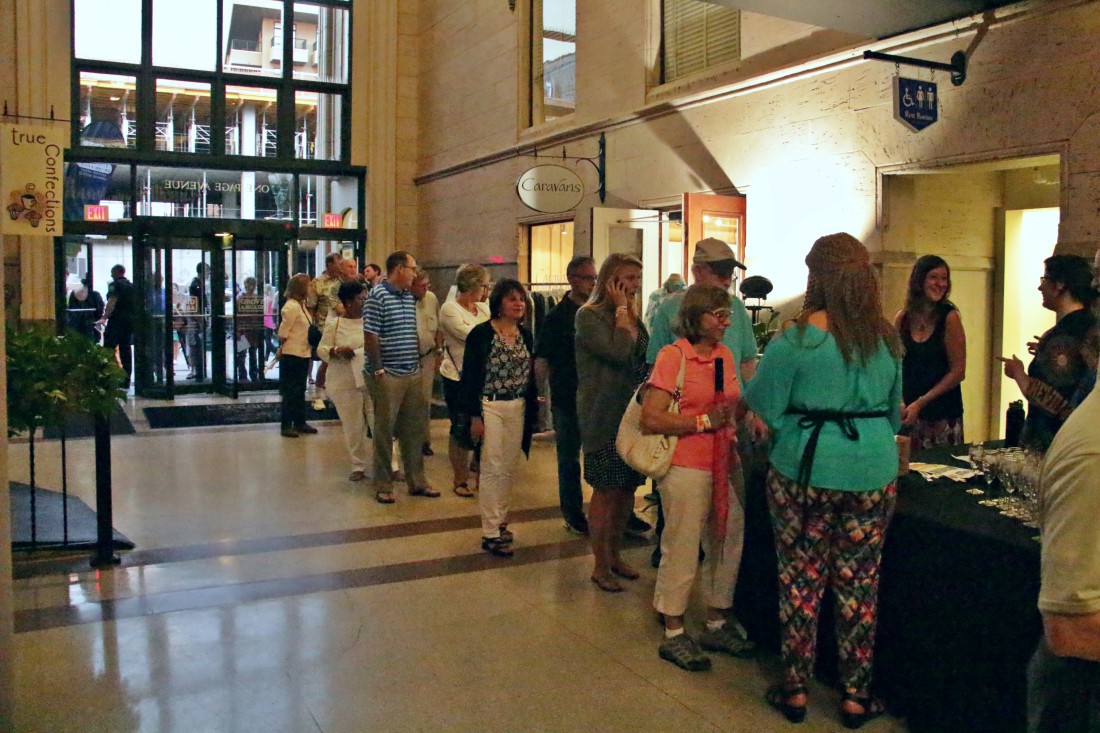
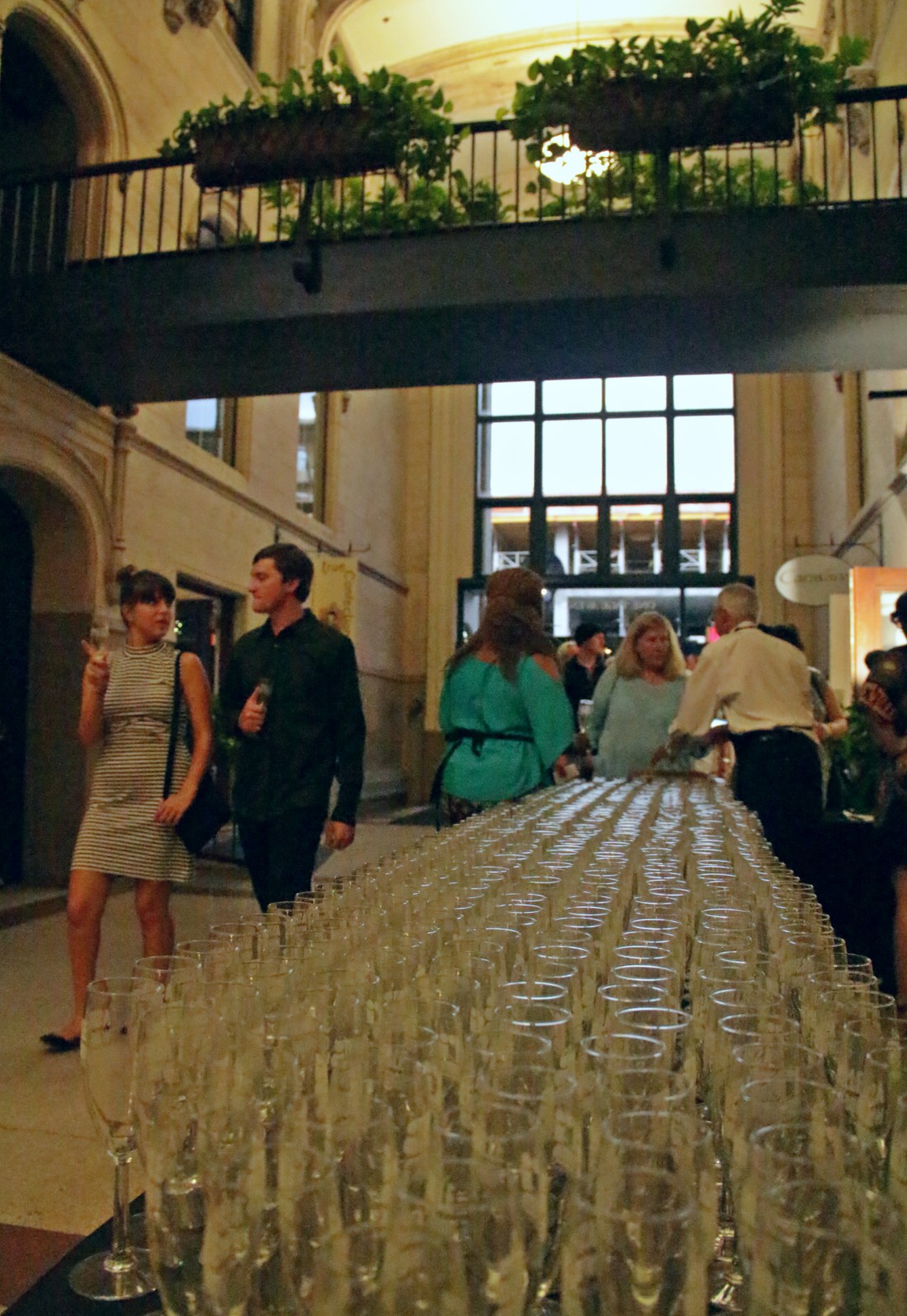
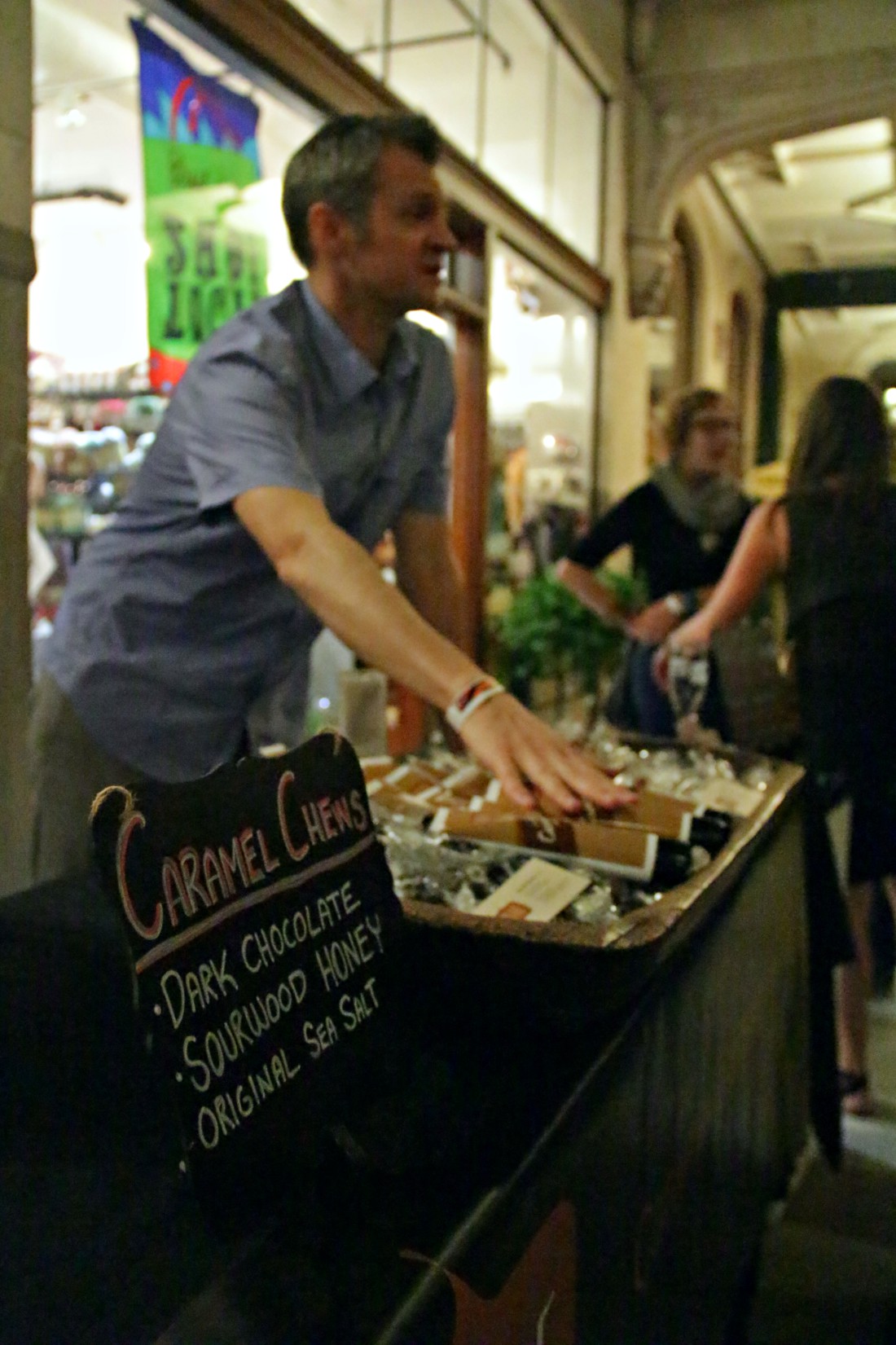
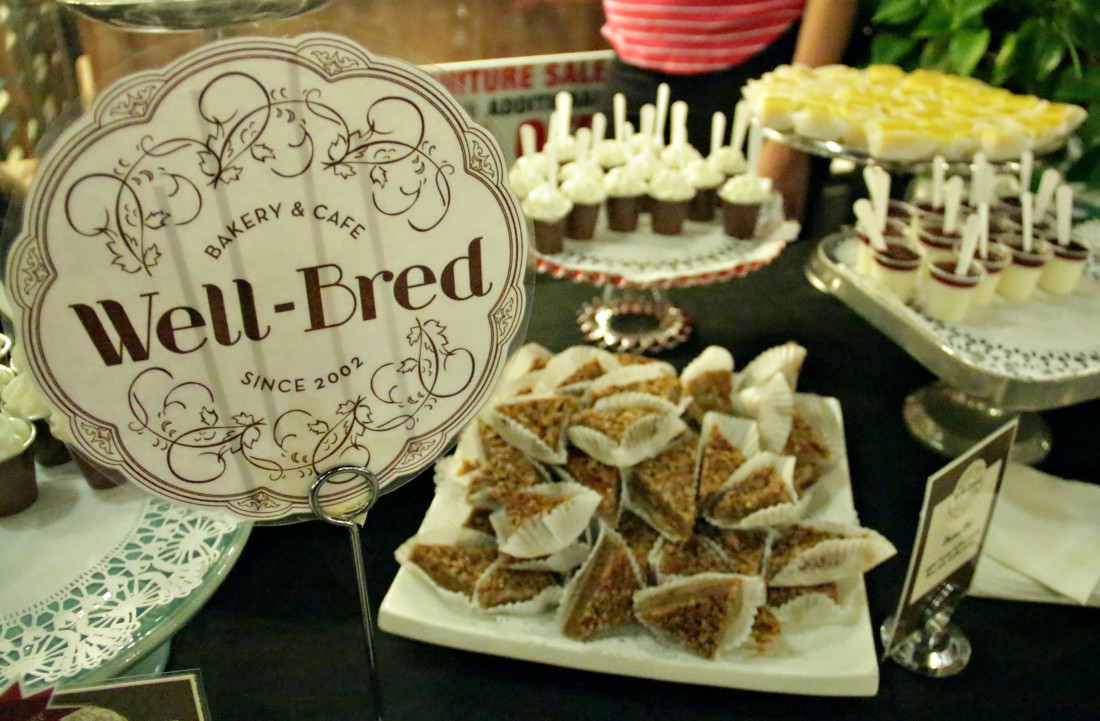
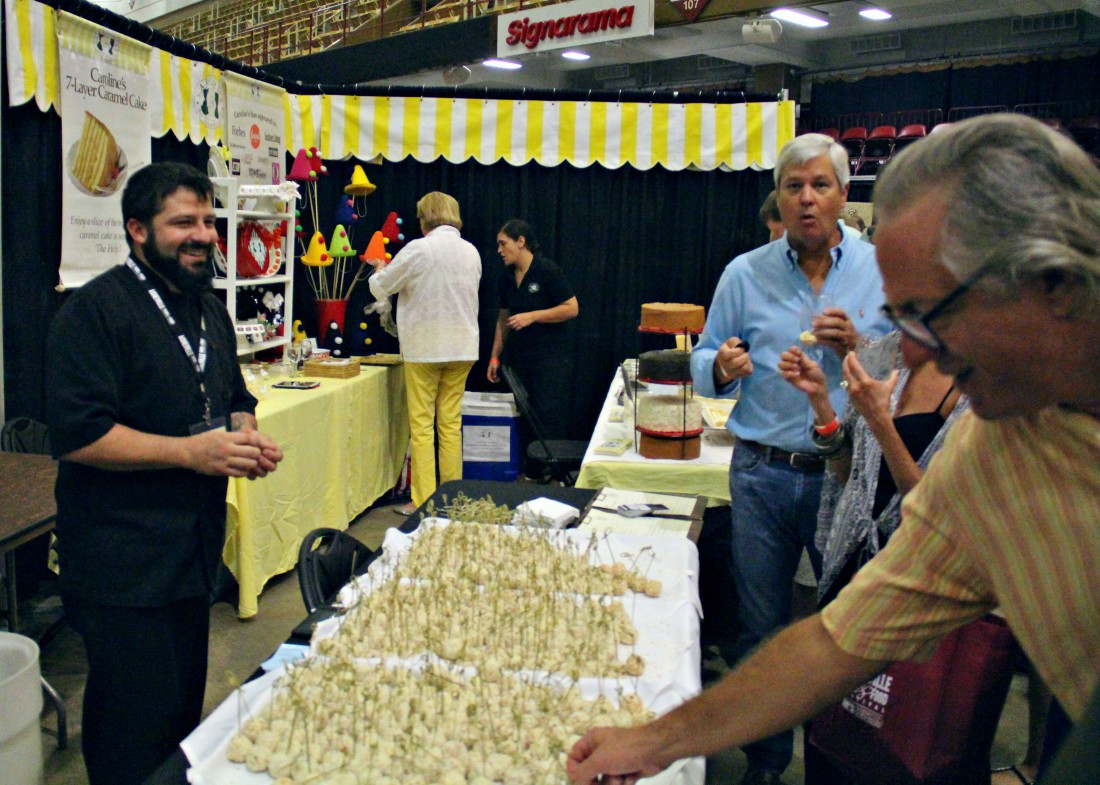
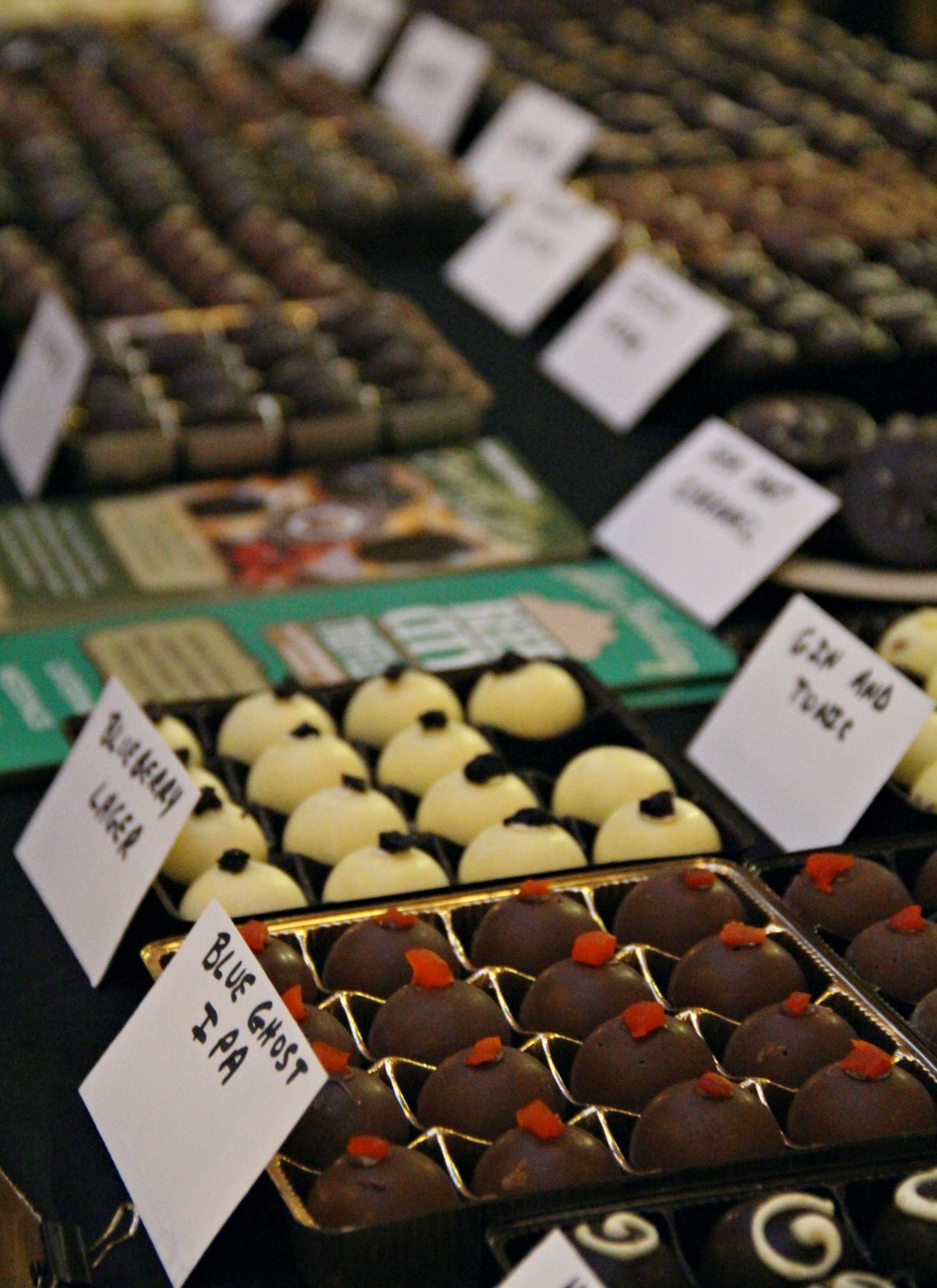
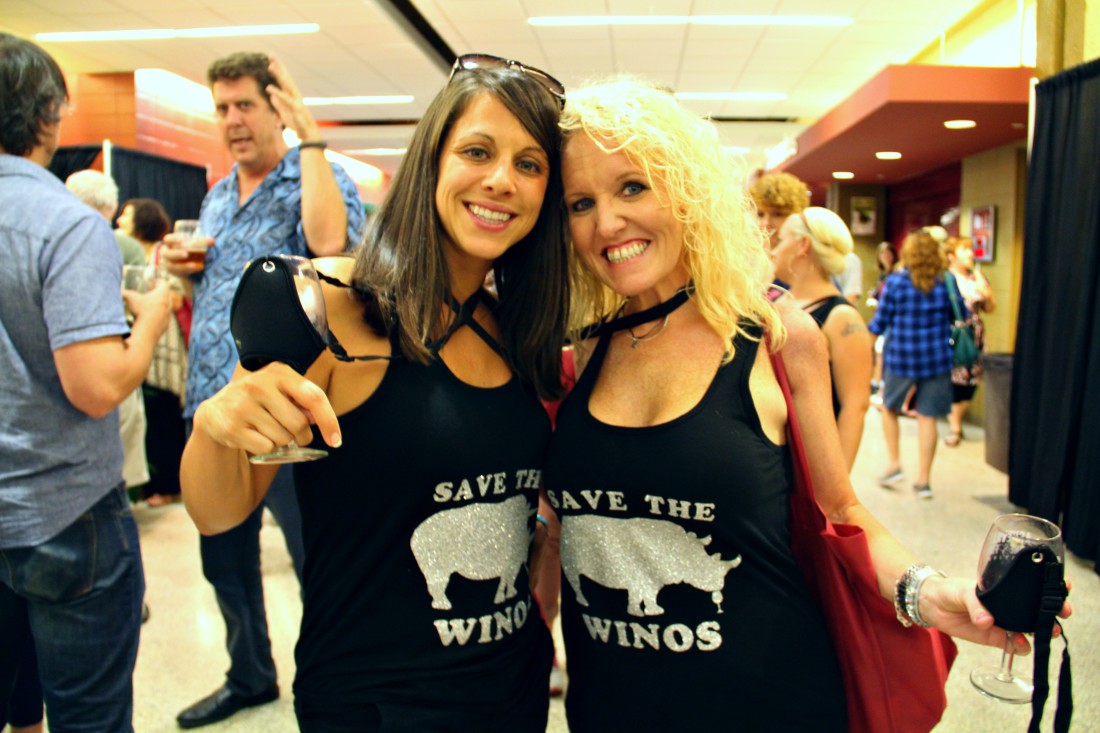
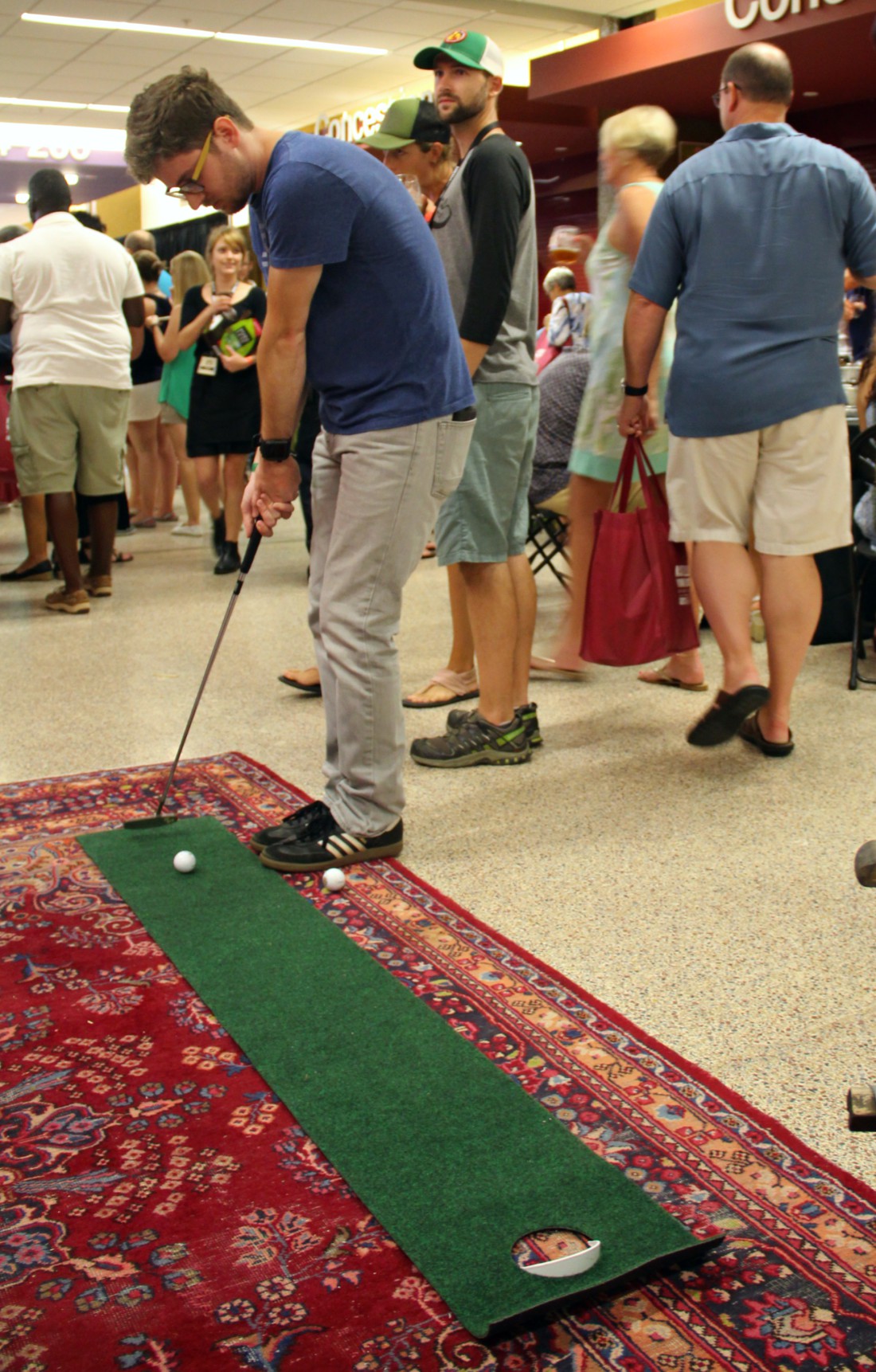
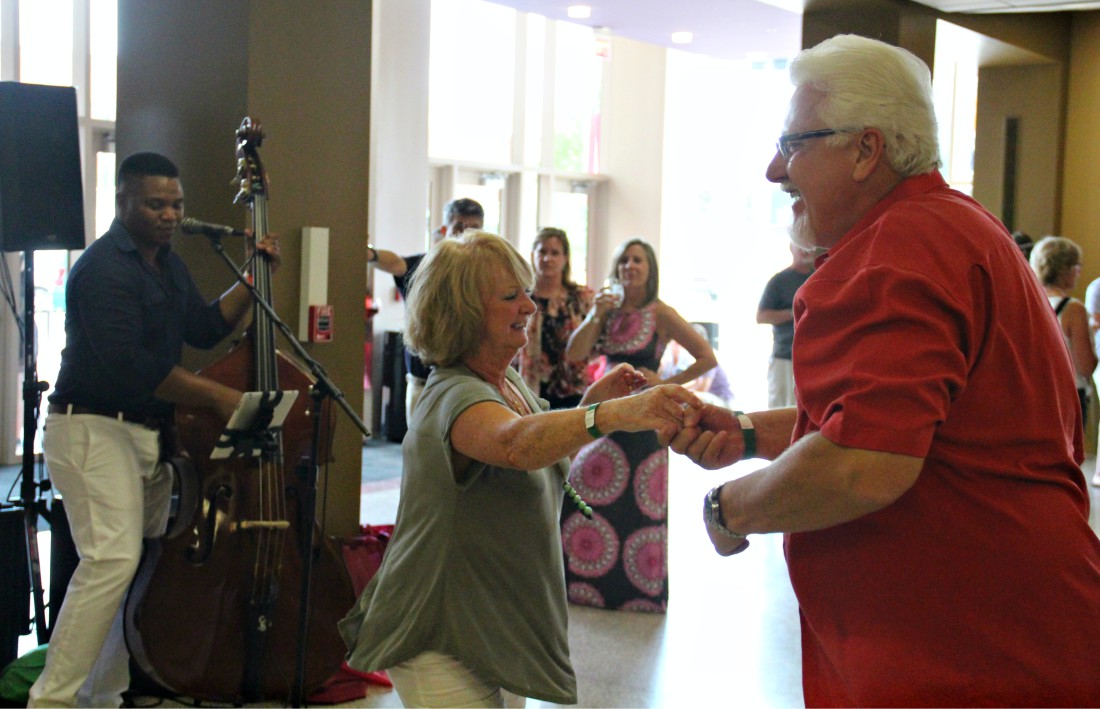

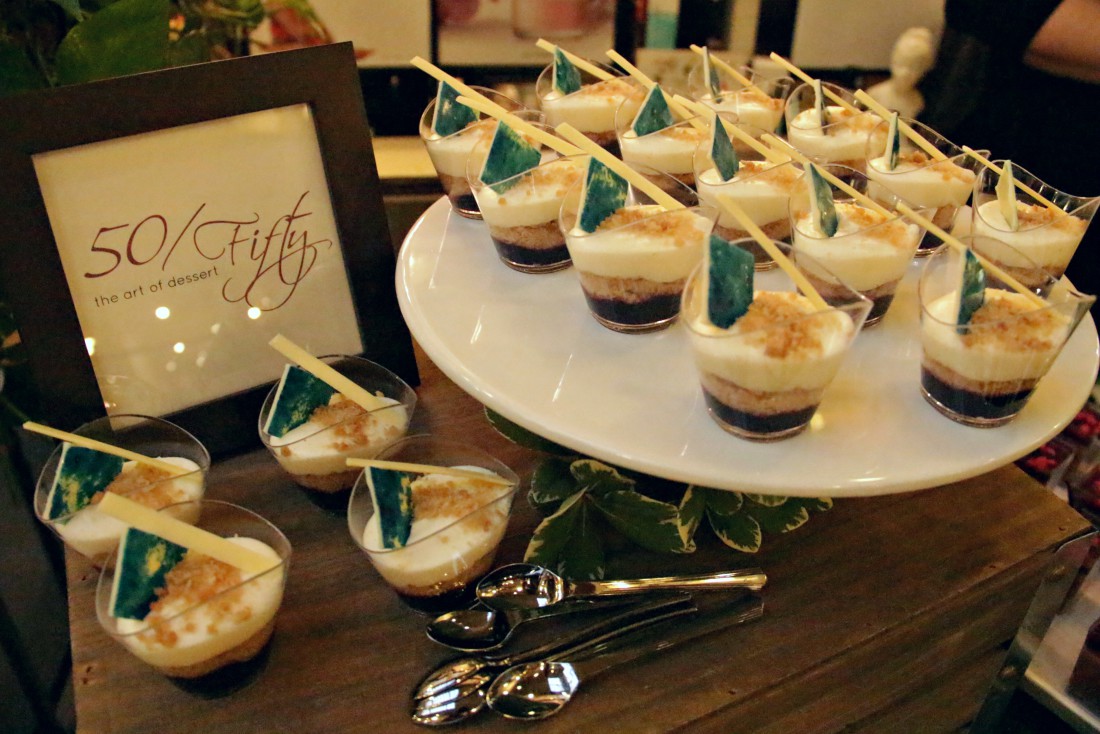
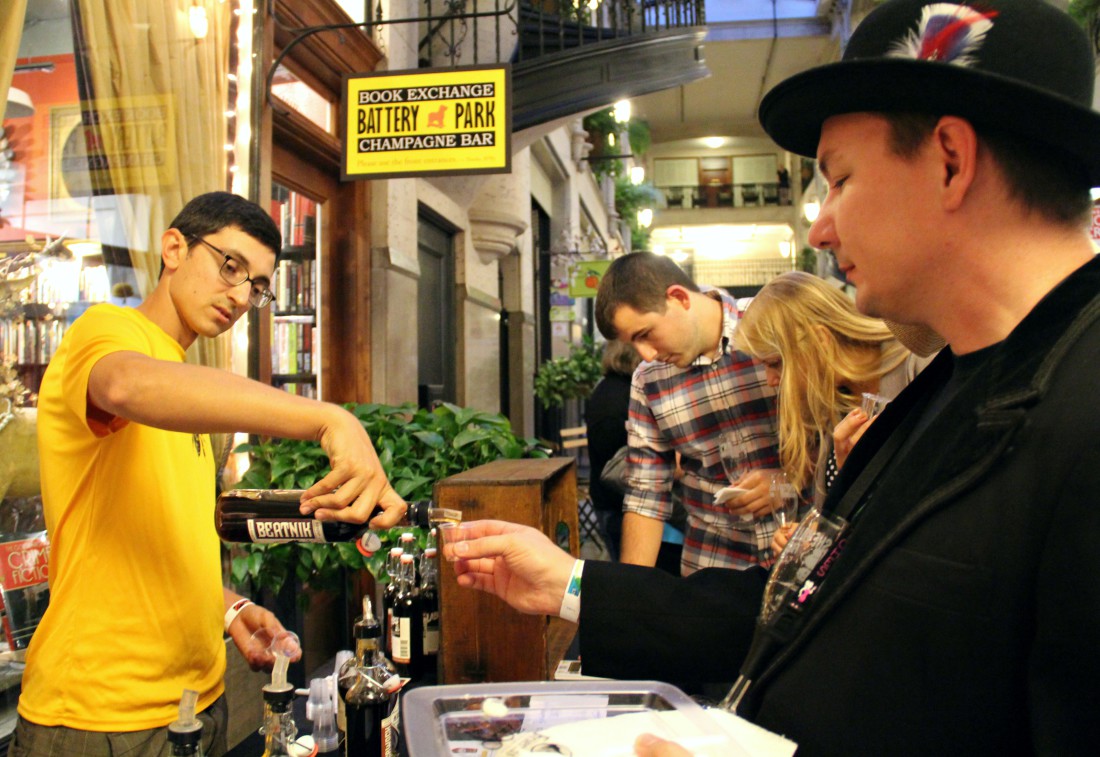
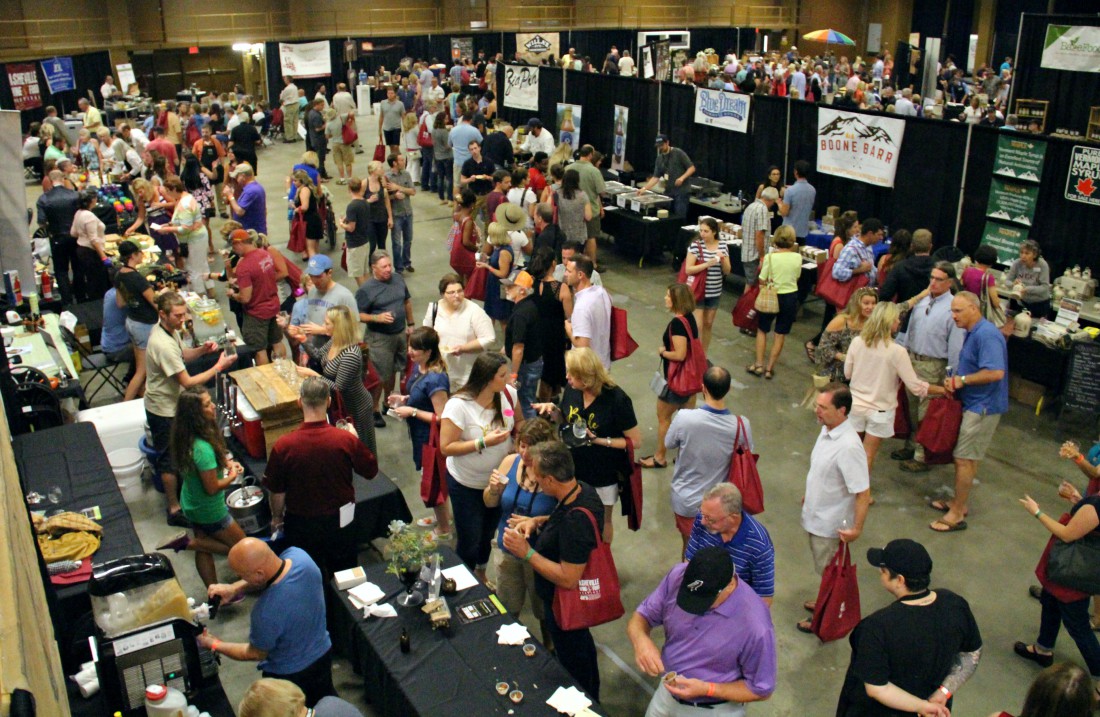

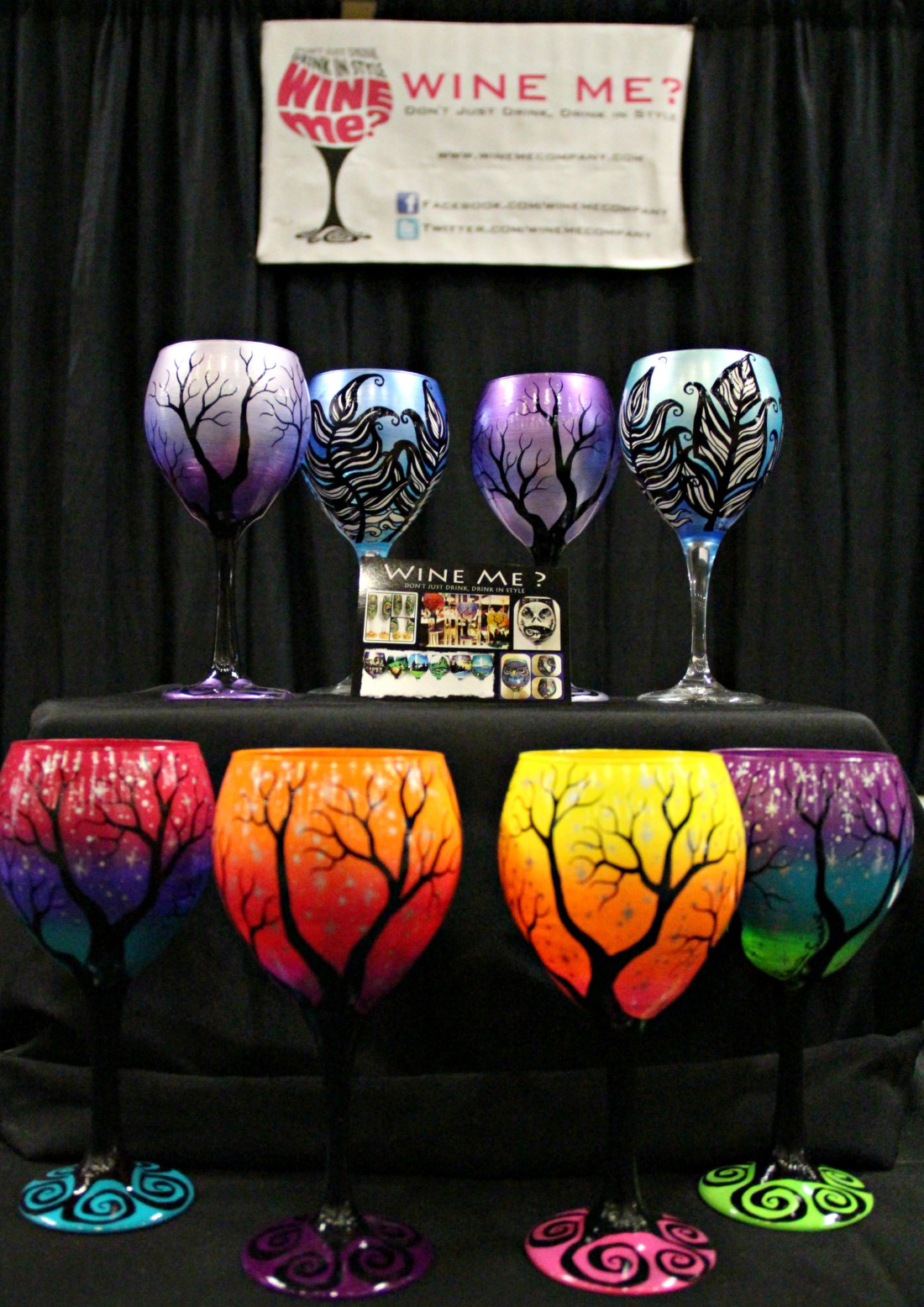
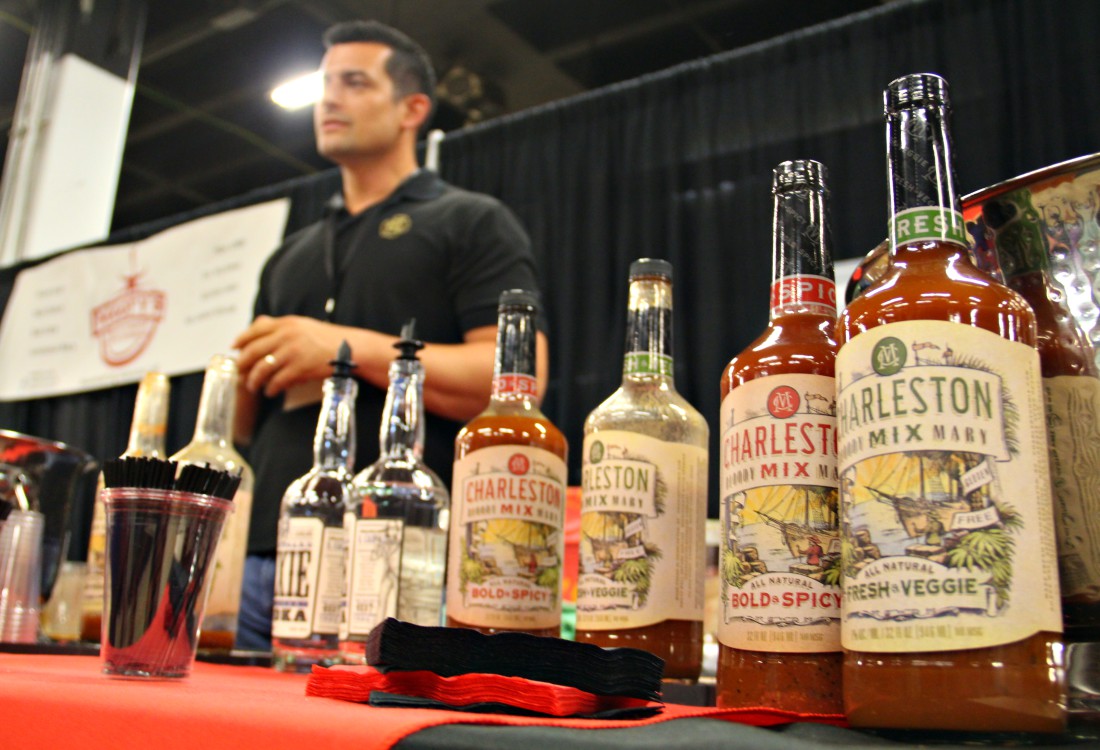
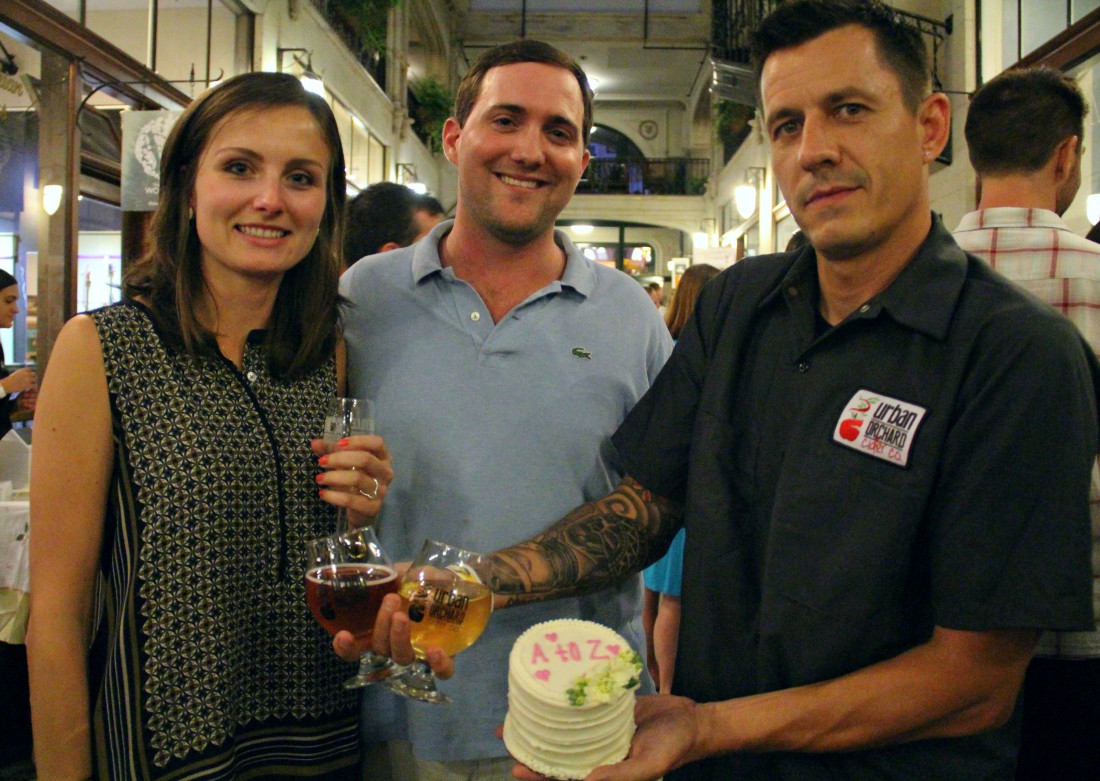

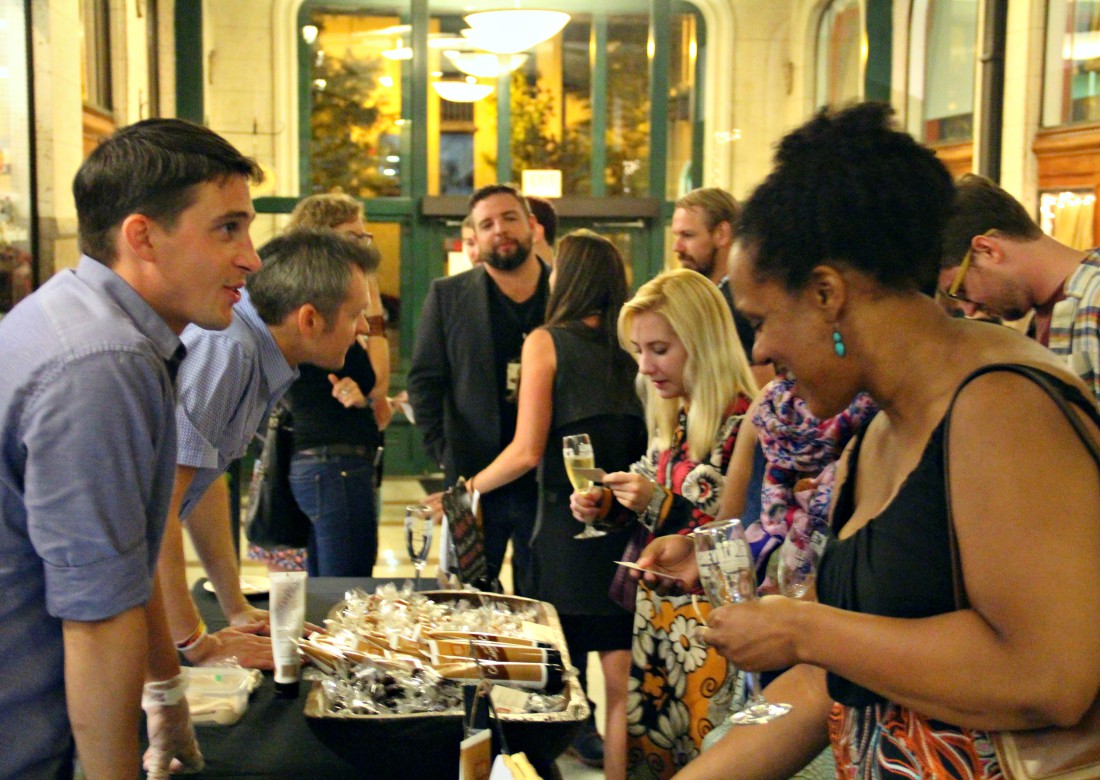

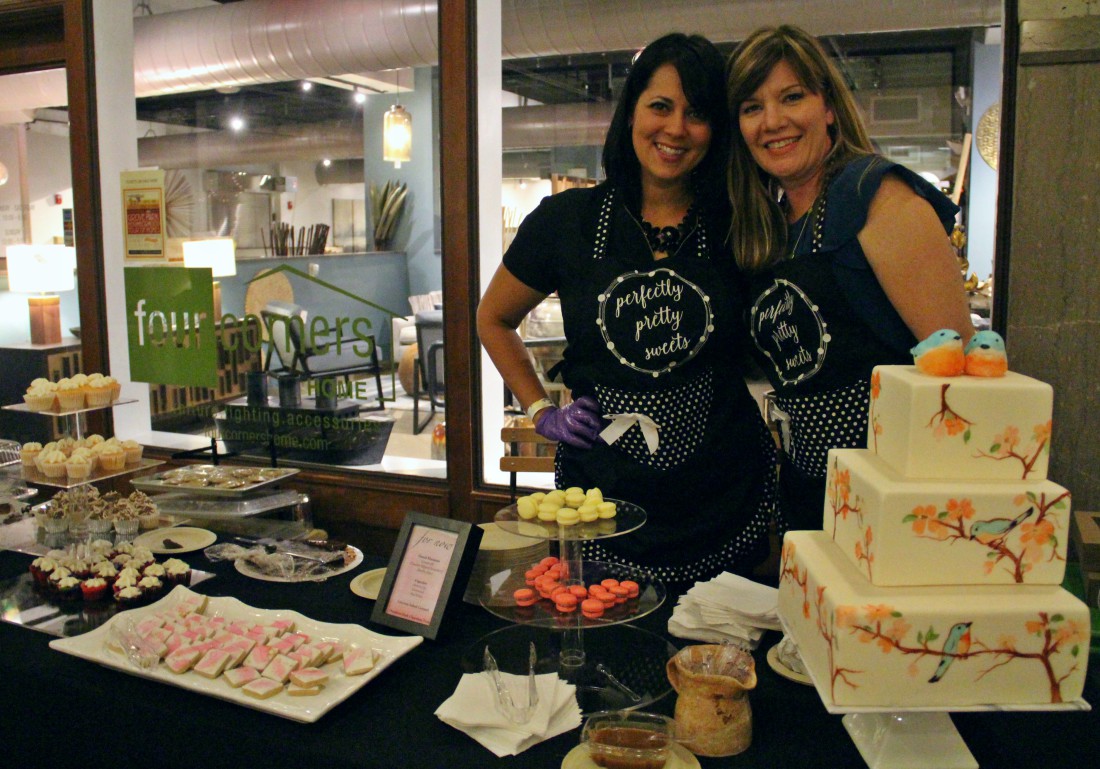

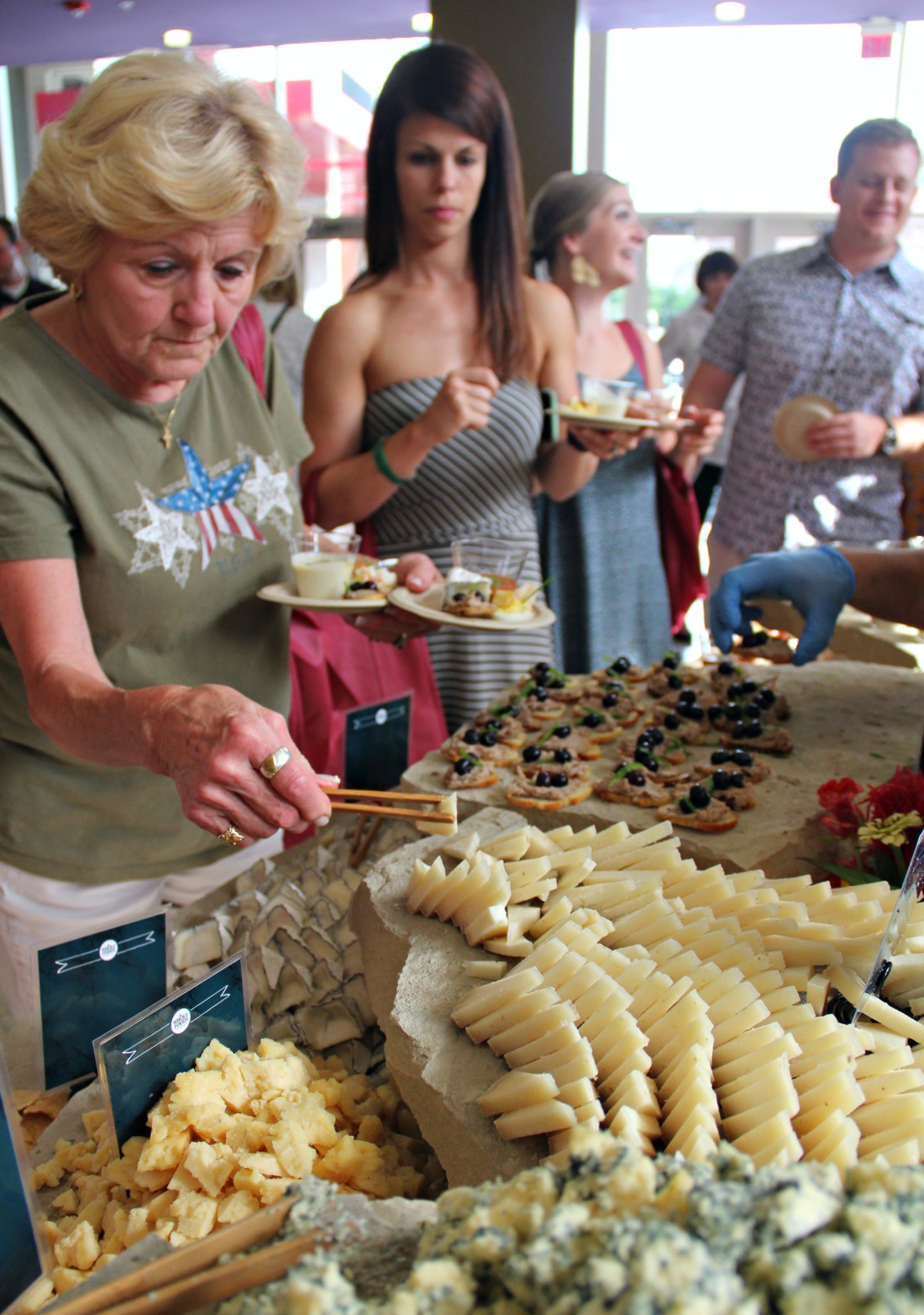
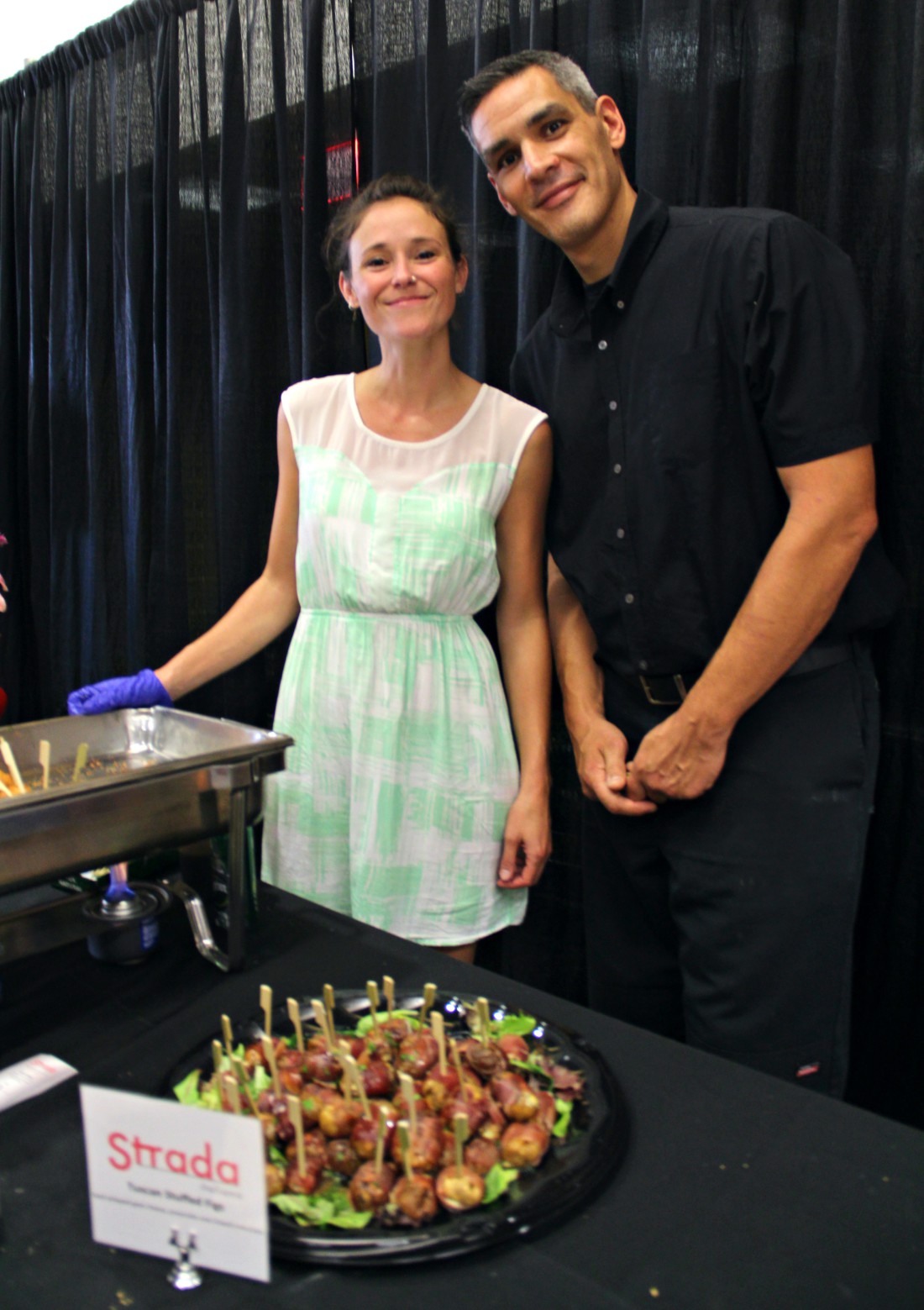
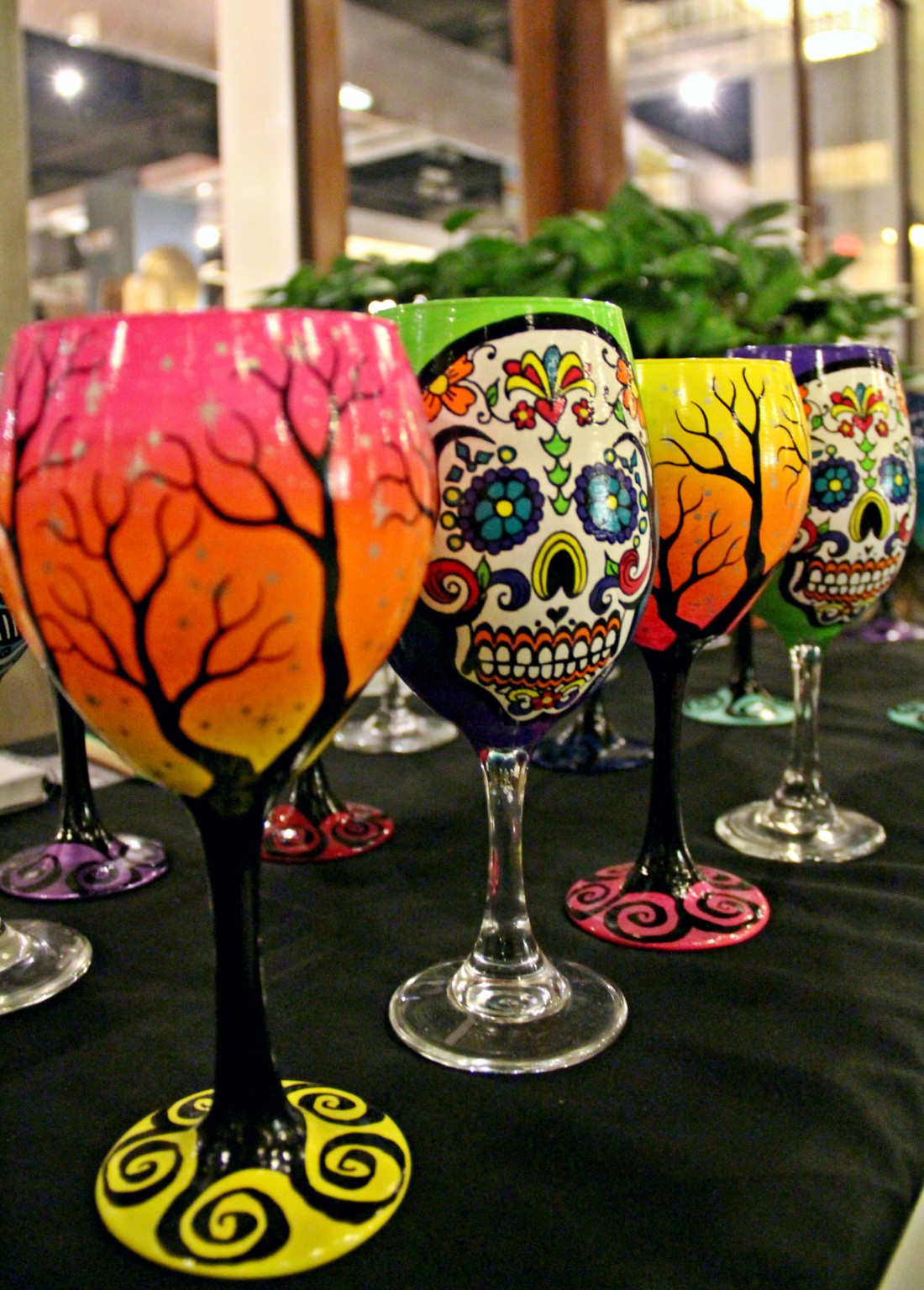
Wow! Nice article! I can’t wait!
This celebration must be pretty important for the Mountain X to give it a write up on both Aug 16 and Aug 22 2016 AD online.
Meanwhile, the cover article about a local and germaine issue to local folks being able to afford to attend a foodie fest got one write up online.
To this attendee, the event this year seemed much less crowded than in previous years, and the number of vendors, especially beer and restaurants, appeared fewer. Could the reporter get some actual figures on the final tally of tickets sold and the number of vendors, in comparison with years past? Was this year’s ticket price higher than last year’s?
Could the organizers give the chefs giving cooking demonstrations portable sound systems? Unless you were sitting very close, it was difficult to hear.
The Biltmore offering this year was very skimpy and did not represent the company and the estate well.
Other views?
I agree with the other comment. I was disappointed in the number of food and wine vendors. My biggest complaint was the VIP changes. This was echoed by everyone I sat near for at least an hour waiting for the “lounge area” to open. Then herded with several hundred people into basically a dead end with only 6 or 7 more vendors. Really bad, do not know who came up with this plan, but it was not a good one. I will never buy a VIP ticket again. OK you pay $35 extra dollars to get in an hour earlier 1:00 PM to find you cannot even get into the VIP area until 4:00 PM, that is over 3 hours… ridiculous. Yes, the food was good, but I really missed the distillers, wine, and food vendors. I do not believe there were more than last year, BBQ sauce maybe. This was my sixth year and doubt I will ever go again and certainly never as a VIP.
I was extremely NOT impressed with the “VIP” after party concept this year! Maybe 5 vendors extra and No Where to sit at all! $35 dollars extra for what! I was so ready to sit down and enjoy a real after party but was sadly mistaken. Not to mention we were all packed in like cattle. This is my 5th year in attendance and it will take a huge change to make me ever attend again.